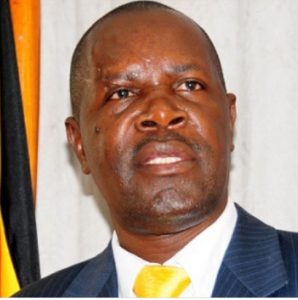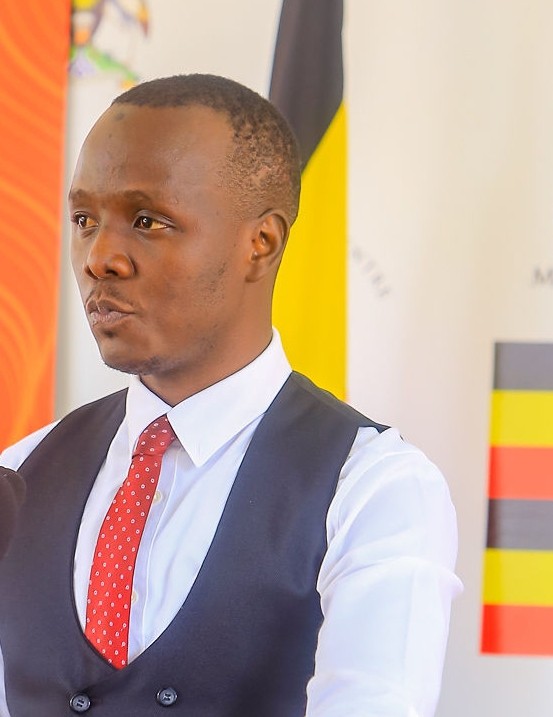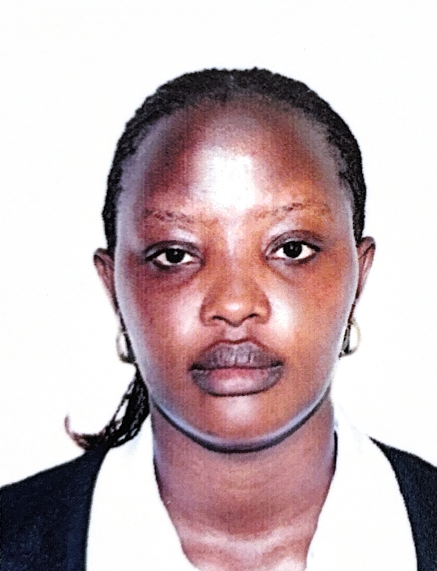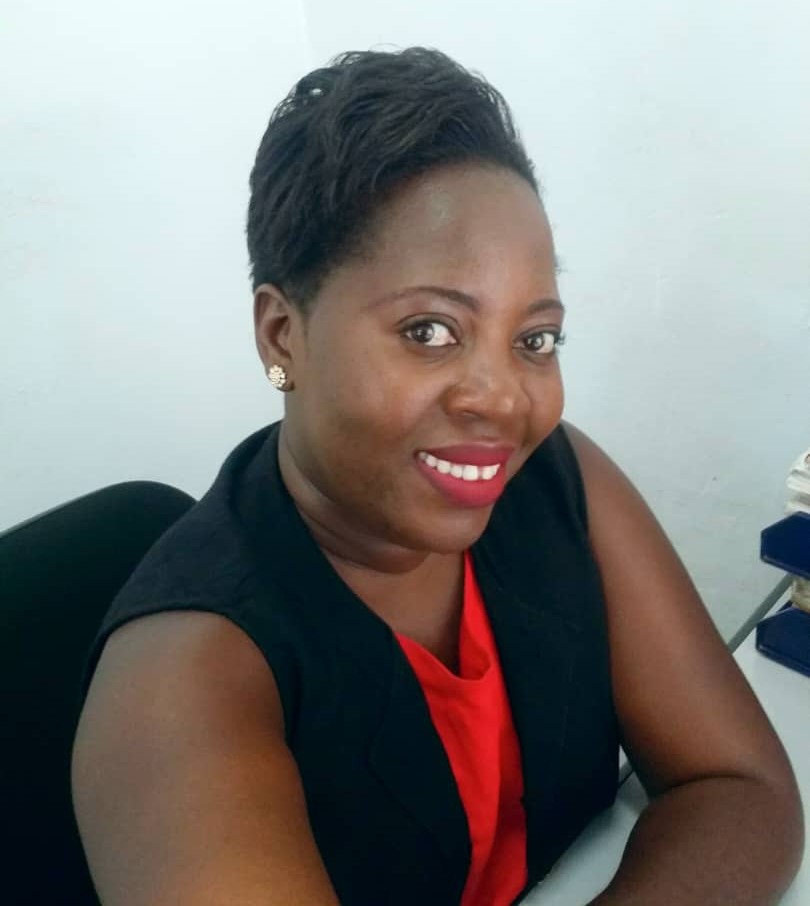2026 GENERAL ELECTIONS: GUARDING THE VOTES MIGHT BE TRICKY ON VOTING DAY
As the country prepares to go for the general elections, come January 15, 2026 some political actors are urging their supporters to come out in big numbers and cast their vote and at the same time guard the votes, by not leaving the polling stations when they have finished casting their votes. Urging people to turn up and vote for their preferred candidates is in itself a fantastic idea, but telling them not to leave the polling stations, on the pretext of guarding the votes, is tricky and might be dangerous to the voters, as it probably could disrupt the very voting and counting processes they intend to protect. Organizing popular elections is indisputably a challenging task. Bodies in charge of administering elections have the demanding function of ensuring that many complex election and related processes are managed efficiently, impartially and transparently. This is because the whole process has a direct impact on the quality and integrity of electoral processes and is one of the keys to ensuring the rights of voters and contestants. Having a flawless voting process is, therefore, the main guardian of democratic elections, and their activities are central to fostering public confidence. However, for a country to deliver such a clean election to the satisfaction of the voters and the candidates, it must facilitate and equip the Electoral Commission (EC) with all the required logistical support it requires, to deliver a seamless believable exercise. As required by law, the EC will gazette the polling guidelines to Ugandans a few days before the polling date. These guidelines are meant to educate our people about the entire voting process and how they should conduct themselves during the voting period. Such guidelines are not made in their boardrooms only, they look and compare other best practices, across other democratic nations around the world and then design those that suit our system. The EC has been financed and facilitated to benchmark the rest of the world, on how to deliver a smooth, flawless and impartial election. Therefore, it is very unfair for one to create mistrust about EC’s competence to deliver uncontested results. Consequently, all participants in the voting processes will be required to observe EC guidelines. It is perilous for one to ignore these guidelines and these are the reasons. Firstly, telling people not to leave the polling stations after voting means that you are publicly declaring that you do not trust the EC and, therefore, the voters are now going to manage the voting process! This is dangerous. You cannot have people, who have been emotionally charged during the campaign season, gathering in their thousands at polling stations and you expect them to remain cool, calm and collected when the presiding officer begins announcing the winning candidates, to the detriment of the losers. What will you do if a nasty fight breaks out? Won’t the one police officer deployed, at the polling station, be overwhelmed? And what might follow? Probably death and grievous bodily injuries. For the purposes of guarding against any form of mischief, at any polling station, the EC deploys 8 polling officials at every polling station and each candidate (whether they are presidential or parliamentary) are allowed to deploy 2 polling agents to closely observe the whole process from material delivery, voting, vote counting and announcement. On top of these are journalists and observer groups, as long as they are accredited by the Electoral Commission, to witness the entire exercise. Secondly, I do not think the EC has the capacity to provide sanitary requirements for hundreds of people gathering in over 30,000 polling stations across the country! Many people overcrowding the polling stations, after voting, poses health risks as there might not be places of convenience nearby. Why subject your supporters to such a nightmarish day, if indeed you value them? Therefore, voters are required to vote, return home and follow the results from the many mediums of communication like radio, television and the new media. The argument that they must stay at the polling stations to guard the votes is misleading and not tenable. After all, the entire close observer roles are carried out by agents and the media. Any actions to the contrary will make the agents refuse to sign the Declarations Forms and this is always good weapon for the aggrieved litigant to use in court and cause what had been declared a nullity. Trust in public institutions is a cornerstone of a functional society, because when that trust erodes, it can lead to significant disillusionment and a feeling of disempowerment. Healthy civic engagement often involves questioning institutions and holding them accountable for their performance and adherence to their mandates. Losing trust more often than not leads to mob justice and none of us wants this dear country to degenerate. The writer is the Acting Executive Director Uganda Media Centre
BY OBED KATUREEBE






